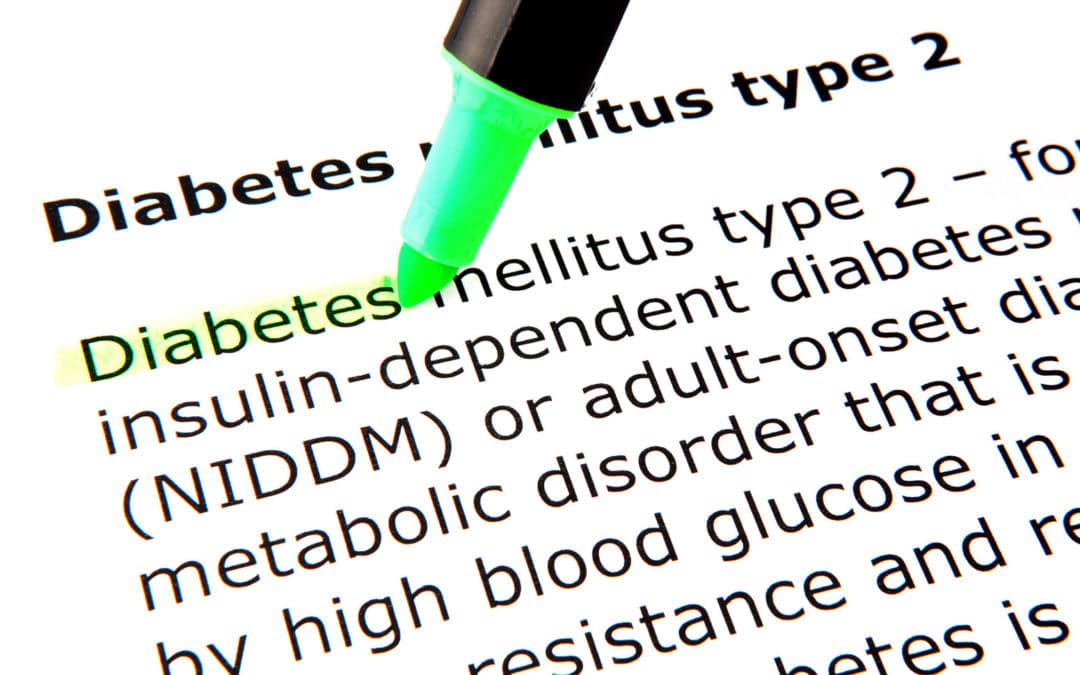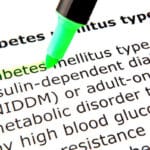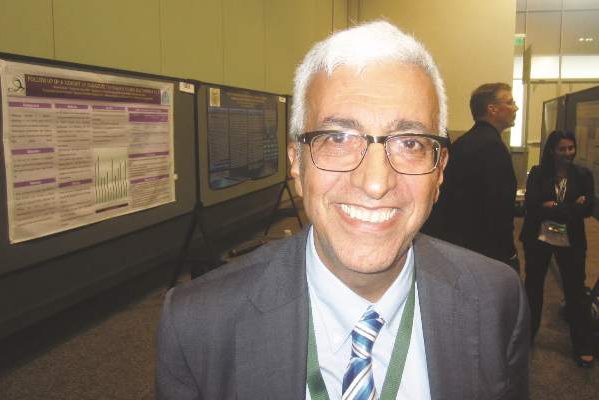
Options for empagliflozin in combination therapy in type 2 diabetes mellitus
Objective: To update clinicians with an overview of empagliflozin for the treatment of type 2 diabetes mellitus (T2DM), with focus on use in combination regimens.
Methods: Keyword searches were conducted in the Medline database to identify literature reporting clinical trials of at least 12 weeks’ duration using empagliflozin treatment in patients with T2DM.
Results: When given as monotherapy or in combination therapy (as add-on or single-pill therapy) with metformin, pioglitazone, sulfonylurea, linagliptin, and insulin, empagliflozin produced clinically meaningful reductions in glycated hemoglobin levels, plasma glucose concentrations, bodyweight, and blood pressure. These changes were sustained during long-term treatment. In a dedicated cardiovascular event trial, empagliflozin on top of standard of care demonstrated a significant reduction in the risk of cardiovascular mortality and all-cause mortality. Across the clinical trials, empagliflozin combination therapies were well tolerated, and empagliflozin used alone was not associated with increased risk of hypoglycemia versus placebo. Indeed, the combination of empagliflozin and metformin had a significantly reduced rate of hypoglycemia compared with the combination of metformin and a sulfonylurea. On the other hand, empagliflozin treatment did have increased risk of genital infections compared with placebo. In clinical trials to date, diabetic ketoacidosis was not seen more frequently with empagliflozin than with placebo, but physicians should be alert to the possibility of this rare event.
Conclusion: Empagliflozin has the potential to make an important contribution to the treatment of patients with T2DM. In some patients, empagliflozin may be used as monotherapy, but it is most likely to be used in combination with other therapies. Given the reduced risk of mortality seen when empagliflozin was added to standard care in patients at high cardiovascular risk, as well as the lack of alternative options for patients at lower cardiovascular risk, empagliflozin may be added to ongoing regimens for a significant proportion of patients.




